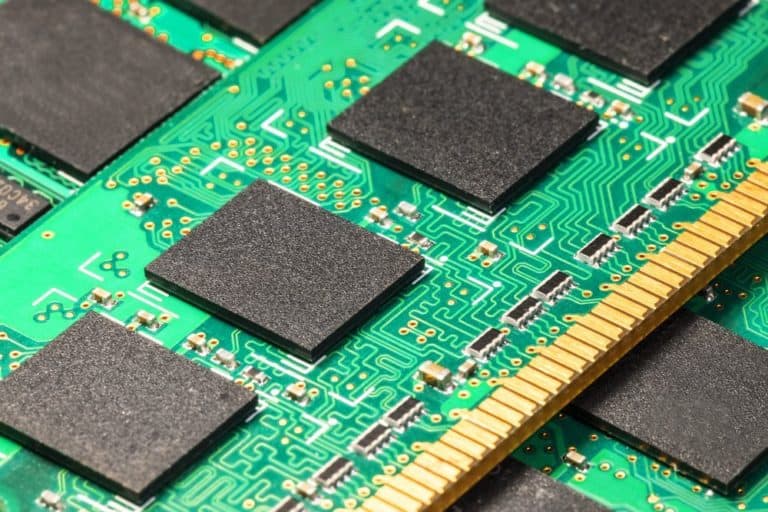VMware is working on a software-defined memory initiative that it bets may prompt the creation of memory servers (portions of memory that can be shared across a cluster.) DRAM can make up as much as 40% of a server’s cost but is expensive.
Memory is also needed, as more workloads require in-memory processing. VMWare’s customers’ feedback to the company is that memory access is a bottleneck they deal with more often than access to storage or I/O. VMware notes that memory appears to be the last item of hardware that hasn’t been virtualized yet.
VMware works on virtualizing memory
VMware also thinks that forms of memory that aren’t DRAM are under-utilized. VMware thinks that the reason behind that could be that software vendors have to write their own code to utilize different memory tiers.
The company, therefore, feels there is an opportunity to create an integrated memory service for applications and include it in its flagship vSphere product. VMware has worked on the intuitive under the code name ‘Project Capitola’ for more than 2 years.
During a VMworld session, VMware explained that the aim is to let apps access DRAM, CXL-attached memory or CXL-over-Ethernet, persistent memory like local NVMe, Optane, and pooled NVMe.
Closer than you think
Containers or VMs will be able to access the memory they require, software vendors will not need to write their own tiering code, but will have to make sure their apps are running on VMs or containers under vSphere. It is not a far-fetched plan, since many software vendors already use vSphere.
According to Sudhanshu Jain, the director of product management at VMWare’s cloud product business unit, VMware has seen interest from small cloud operators who see the potential to offer a cheaper and slightly lower-performance service.
Other buyers take to the idea as it allows them to decouple server and memory purchases, with some buying more DRAM than needed, in anticipation of growing databases.
